
本文来自微信公众号:Gensler,已获得转载授权
作者: Janet Pogue McLaurin
新冠疫情改变了我们每个人的日常生活。现在,我们已经从居家办公逐渐回归办公空间。此前我们提出了一些建议,帮助企业在短期内复工的同时,保证员工的身心健康。现在我们则开始思考,这些转变是否会成为新的标准,我们的办公场所正在发生怎样的转变?
The coronavirus has turned everything upside down. But, now that we’re returning back gradually from home. We provided a few tips to our clients to get them ready in the short term when the crisis subsided. We are beginning to wonder if these solutions will become the new norm, and how the workspace is changing in the new era?
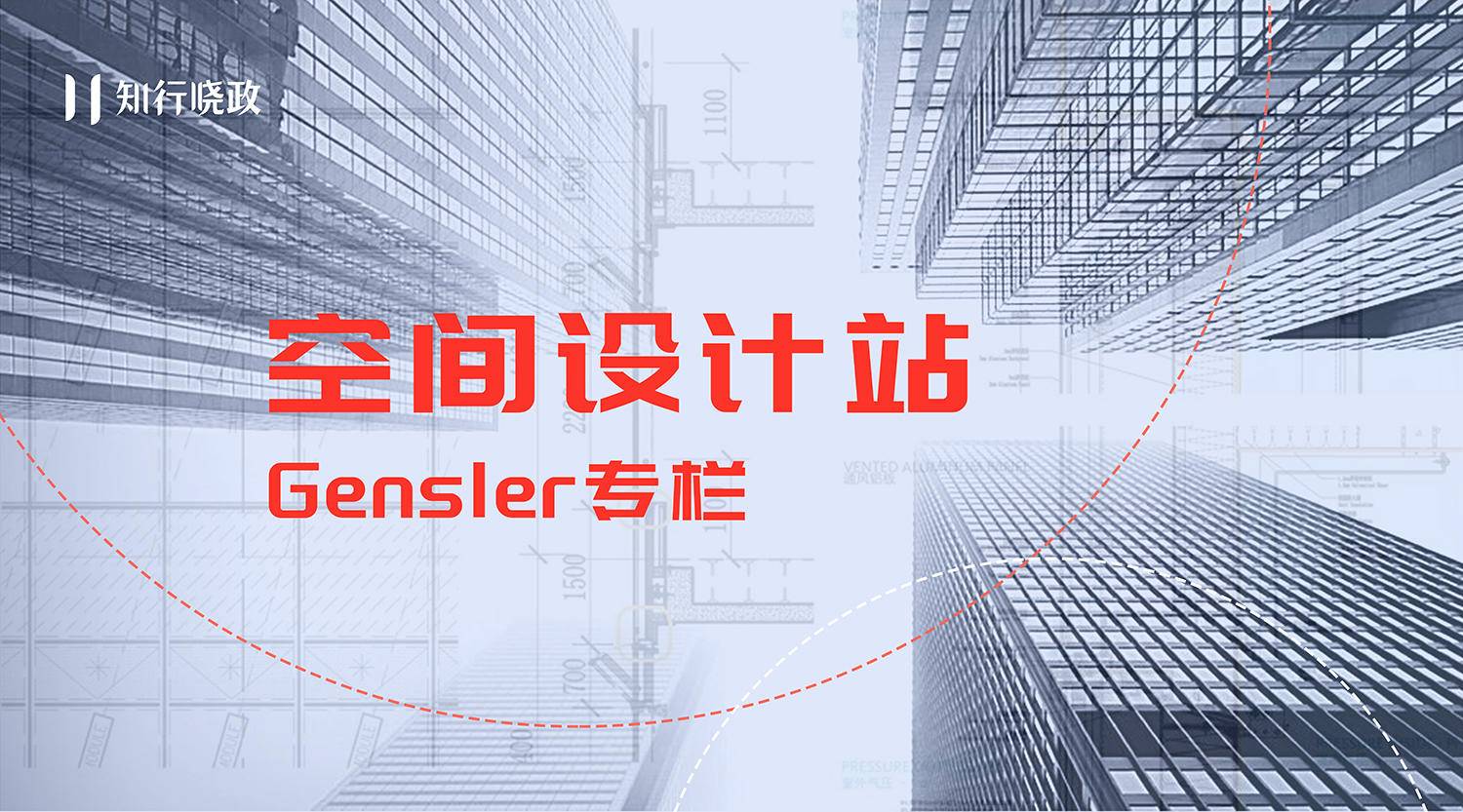
2020年的《美国办公空间调查报告》中提出了一个明确的问题,即让人们在家庭、企业的办公场所、共享办公空间和咖啡厅之间做出选择。毫无疑问,只要空间设计符合工作所需,办公楼是人们的首选。
We know from new Gensler Research Institute workplace data that a well-designed workplace is still the place that people want to be. In the U.S. Workplace Survey 2020, we asked that very question – posing the options between home, the company’s workplace, a coworking space, or coffee shop. Unquestionably, the office was people’s preferred place to work, as long as it’s designed to support their work.
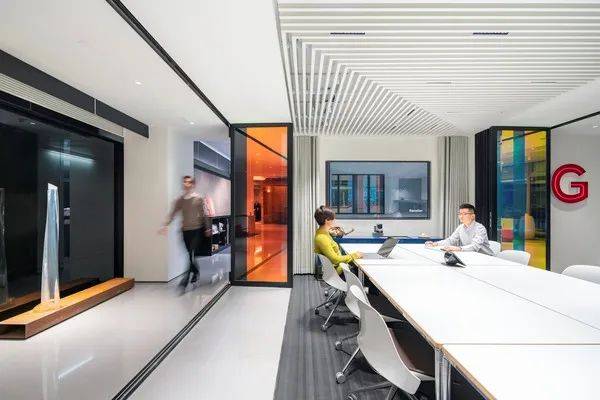
01、保持距离
Keep your distance
在新型冠状病毒疫苗诞生、保障员工健康不受威胁之前,人们在实体办公空间中都应遵循六英尺(约10个座位,移除多余座椅。扩大围坐座位的间隔,以此保证员工的社交距离。鼓励员工尽可能通过网络进行团队协作。
Unless people are wearing face masks, the six-foot social distancing rule should apply in the physical workspace until there is a COVID-19 vaccine and the coronavirus is no longer a health threat to employees. During the interim, employers should remove excess chairs in conference rooms with more than 10 seats. Spread out collaboration seating, so people are spaced further apart. And encourage people to collaborate virtually whenever possible.
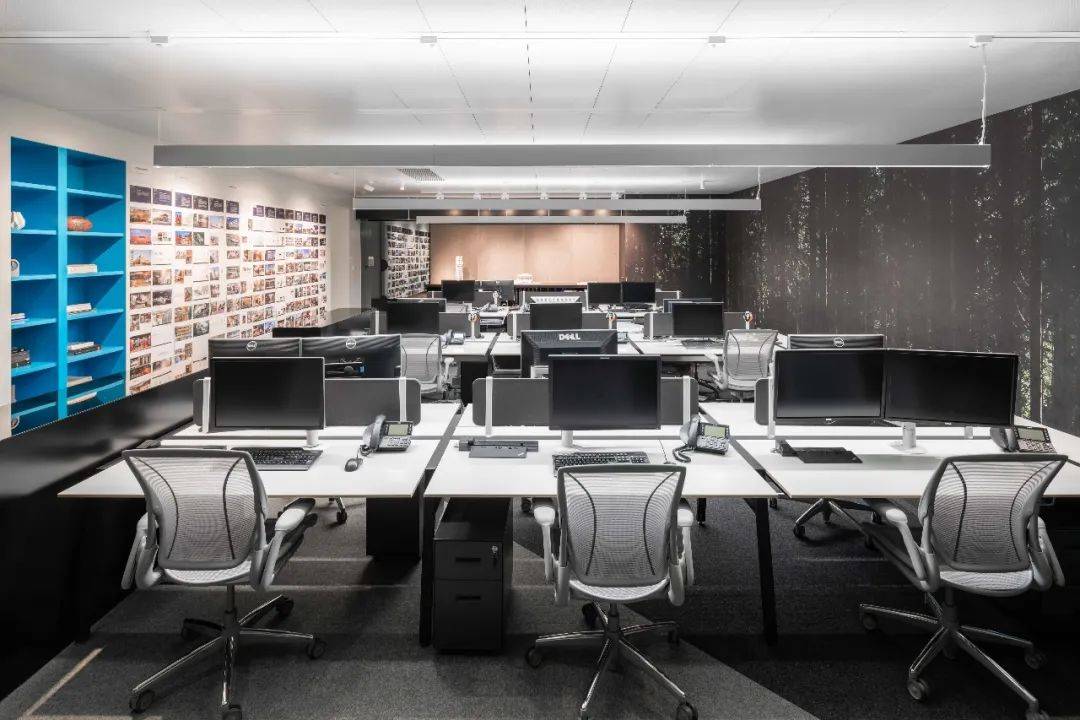
02、降低工位密度
De-densify workstations
如果是开放式格局的办公场所等办公桌间距较小的空间,这可能是一项不小的挑战。若办公桌间隔不到六英尺(站式办公桌增加隔断,并使隔断与桌面相连、可随桌面上下移动。增加隔断的目标是阻止可能存在的有害病毒通过交谈、咳嗽或打喷嚏的方式传播。最好避免一个员工所坐位置六英尺(约2米)之内的空间中有另一位员工站立办公。
This might be a challenge in areas where desk spacing is tight, such as some open benching layouts. In situations where existing desk spacing is less than 6 feet apart, consider using every other desk to create a buffer for each person. This could be achieved by assigning some people to working from home or temporarily locating them in other areas. It’s ideal to space employees so they don’t face each other. Consider adding partitions for sit/stand desks that are attached to the desktop and move up and down with the desktop. The goal is to block potentially harmful viruses that can be transmitted by talking, coughing, or sneezing. It’s also preferable to avoid situations where one employee is standing while another is seated within the same 6-foot bubble.

03、重新安排流动及空置座位
Rethink dynamic and unassigned seating
返回办公楼办公后,可以考虑将以前共用的办公桌安排给个人使用整天或整周,并确保在下一位员工使用前完成消毒。
Upon returning to the office, consider assigning what were formerly shared desks to individuals for a full day or a week, and then make sure they are disinfected before a new person uses the work setting.
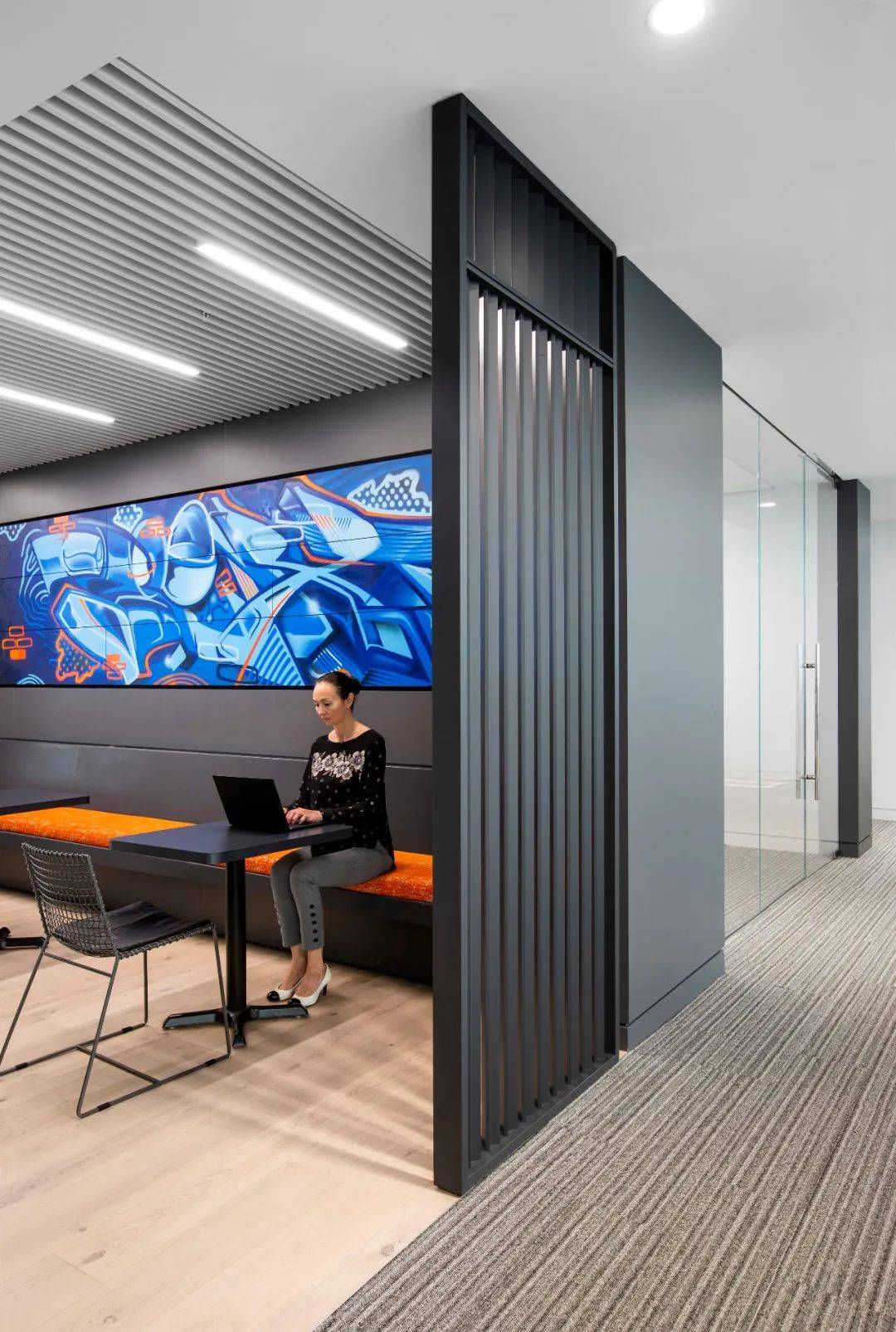
04、限制设备共享
Limit tech sharing
为避免疾病传播,最好为每位员工提供专用设备和配件(如鼠标、键盘及耳机)。员工整天频繁接触这些设备,因此如果没有消毒,最好不要共用。
To avoid disease transmission, it’s best to provide technology and accessories (such as a mouse, keyboard, or headset) to each individual. These devices are touched throughout the day and are best not shared without disinfecting between uses.
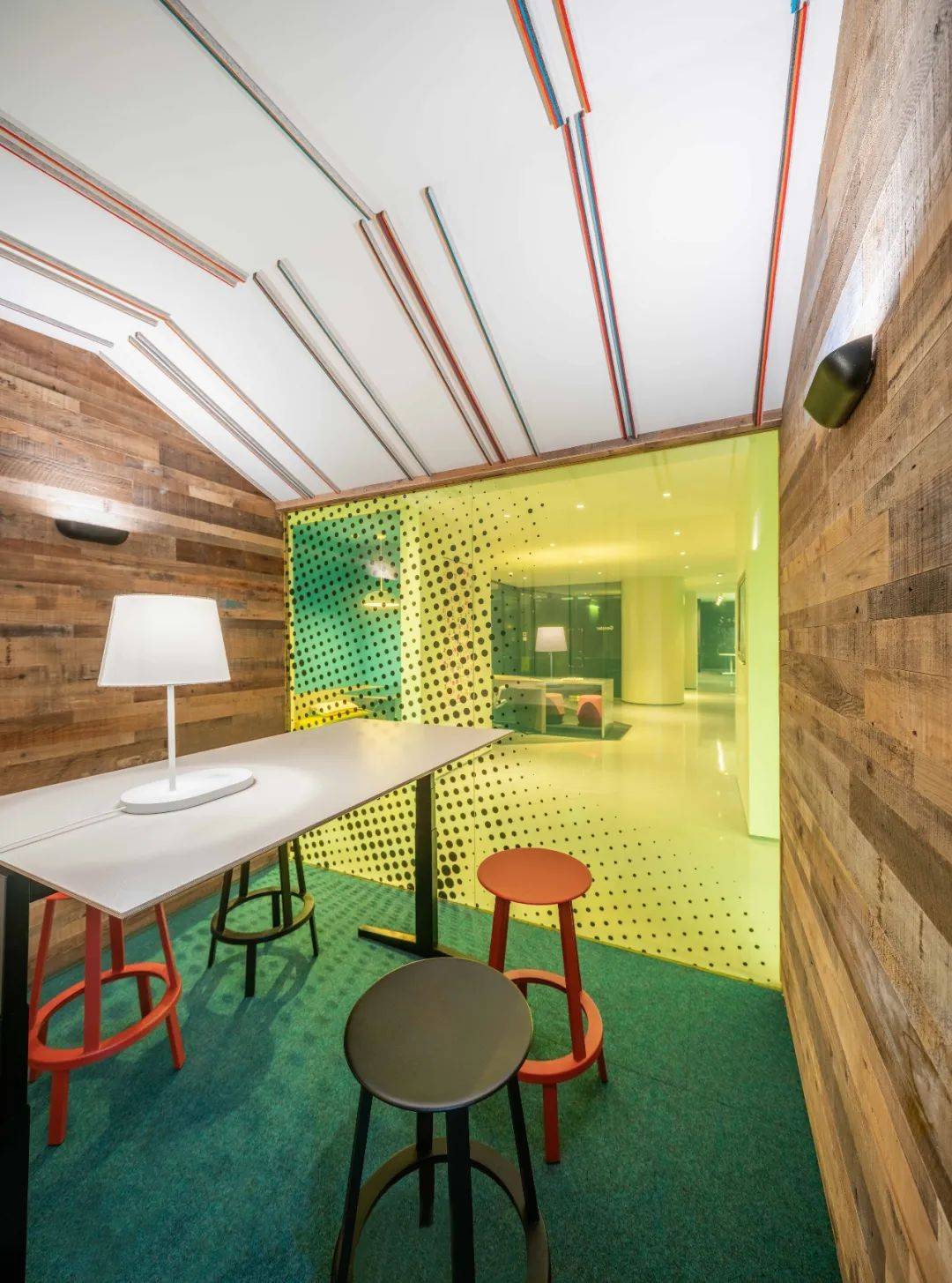
05、强化清洁规范
Ramp up cleaning protocols
员工健康取决于安全、清洁的工作环境。除了工位以外,企业也要对还应定期对会议室、团队协作区域、茶水间、前台等其它公共区域实施专业的清洁规范。企业应在整个办公室,尤其是共享办公区域内提供消毒纸巾和免洗洗手液。如果员工的办公桌能保持干净整洁,他们的专业工作只会更有效率。
Employee health depends on a safe and clean work environment. Organizations should implement professional cleaning protocols not only for workstations, but for conference rooms, collaborative areas, cafes, reception desks, and other common areas at regular intervals throughout the day. Employers should provide disinfectant wipes and hand sanitizers throughout the office – and especially in shared areas. If workers maintain a clean and uncluttered desk, the professionals’ job will only be more effective.
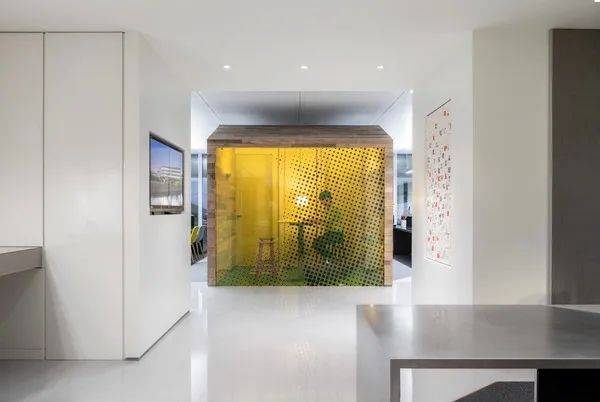
06、升级空气过滤系统
Upgrade air filtration systems
我们呼吸的空气也是一种共享资源,所以可通过投资安装空气净化系统来保护协同工作环境。可以考虑安装时下技术先进的空气净化和消毒系统。这些系统能通过电子屏展示实时空气质量数据,以供员工了解,同时还将持续消毒,有效减少空气中及物体表面的污染物,如病毒、细菌、微生物、挥发性有机化合物、烟雾及其他过敏原,提高空气质量。
he air we breathe is also a shared resource, so invest in air-cleaning systems to protect collaborative environments. Consider installing state-of-the-art air purification and sanitization systems. Many of these systems display real-time air quality measurements on digital screens to keep employees informed, and it will serve as a continuous disinfectant, improving air quality by reducing airborne and surface contaminants like viruses, bacteria, germs, VOCs, smoke, and other allergens.

07、培养良好卫生习惯
Practice good hygiene
强调良好的卫生习惯,保证厕所洗手间配备足够的抗病毒清洁用品,免接触式洗手液机中的耗品供应充足。企业应在大厅、会议室和休息室等空间配备大量免接触式消毒液机,内装浓度为95%的酒精溶液。最好能够提供免接触式垃圾桶和可回收物收集容器。此外,门拉手、刷卡机和公共区域应全天消毒。
Reinforce good hygiene practices with well-stocked restrooms that have touchless soap and anti-viral cleaning supplies. Employers should also install plenty of hands-free dispensers with sanitizer that contains at least 60−95% alcohol in lobbies, conference rooms, and lounges. No-touch garbage and recycling receptacles are preferable. Also, door pulls, badge readers, and shared common areas should be disinfected throughout the day.

08、在设计中使用抗菌材料
Add antimicrobial materials to the mix
如今,制造商已经开始将抗菌技术融入到室内设计元素中,例如龙头、遮光窗帘、油漆和门用五金件等,通过施加涂层来使它们变得更干净,不易滋生细菌。可考虑添加抗菌材料,特别是在办公楼大厅、前台和公共区域。
Manufacturers are integrating antimicrobial technology in interior design elements including faucets, window shades, paint, and door hardware — applying coatings that work to keep them cleaner from multiplying bacteria. Consider adding these materials, especially in building lobbies, reception desks, and shared common areas.

09、给予员工选择权
Empower your people
换位思考一下员工准备回到办公楼时的感受。与其强制要求每个人都立即返回,不如考虑让大家自主选择分批返回时间。这样的做法不仅有助于保证必要的社交距离,还可以让员工感受到更多自己对健康的主导权。
Consider how employees will feel when they prepare to return to the office. Instead of mandating that everyone come back at once, consider offering the option for people to do it in waves. This may not only provide the necessary social distancing, but it would also allow employees a greater sense of control over their health.
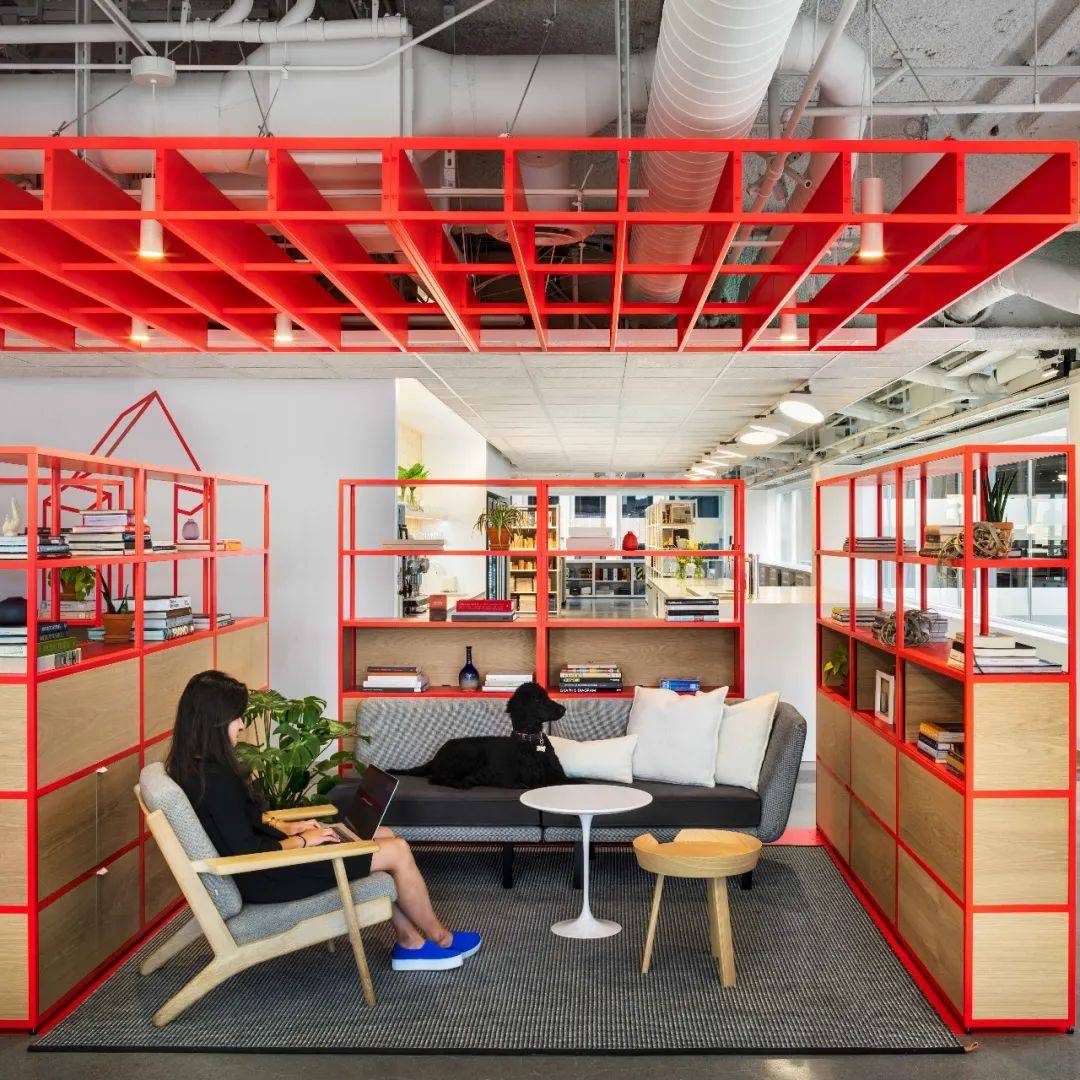
10、对新型工作方式保持开放态度
Be open to new ways of working
我们居家办公的时间越长,出现的新习惯和工作方式就会越多。我们会发现不同的线上协作方式,而这些协作方式可能会延续到返回办公楼以后。工作流程和沟通效果或可得到优化。我们应该接纳这些变化,并使其积极发展。
The longer we work from home in large numbers, the more new habits and new ways of working will begin to take shape. We will have discovered different ways to collaborate virtually, which may likely continue when we return to the office. Workflows and communication might improve. We should embrace these changes and let them flourish.
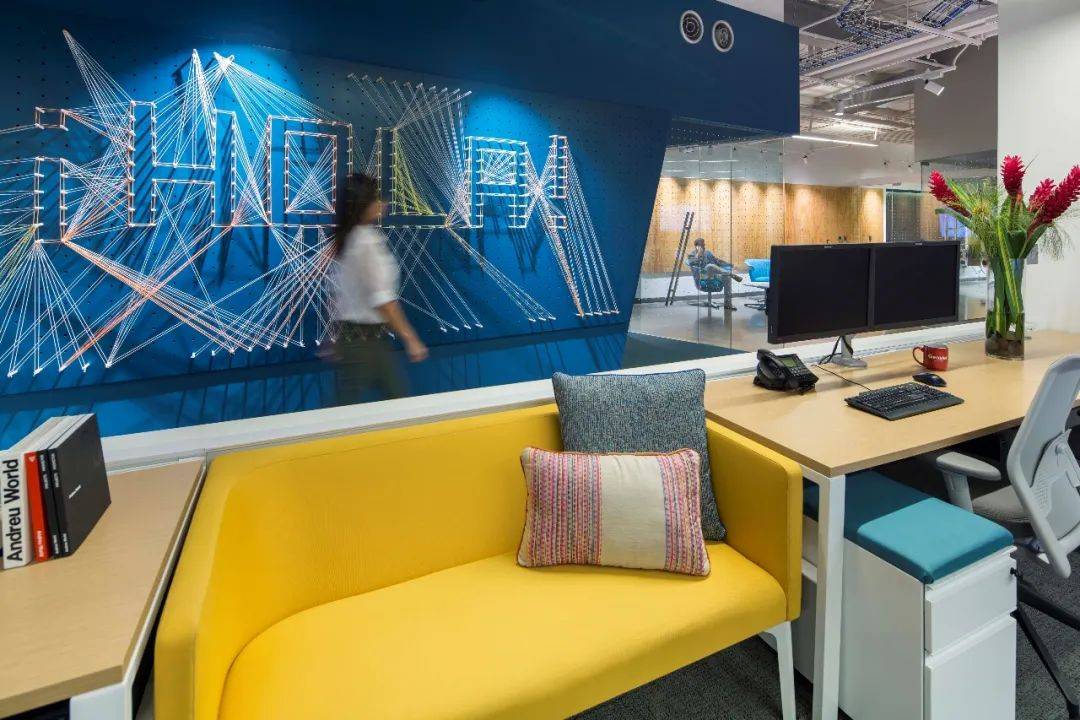
//////////
我们都知道,新冠疫情将会对我们体验世界的方式带来重大改变。因此,当这场危机结束时,我们很可能会发现,以往的工作方式和工作场所的设计已经发生了根本性转变。但我们也深知,工作场所依然意义重大,它始终是建立团体意识、夯实企业文化、加强同事联系的重要纽带。
We all expect the coronavirus pandemic will cause major shifts in how we experience the world. So, when this crisis ends, we may well discover there have been fundamental changes in the way we work and in workplace design. But we know the workplace still matters. Building community, reinforcing our organization’s culture, and strengthening relationships with colleagues is still what the workplace is all about.
-end-



